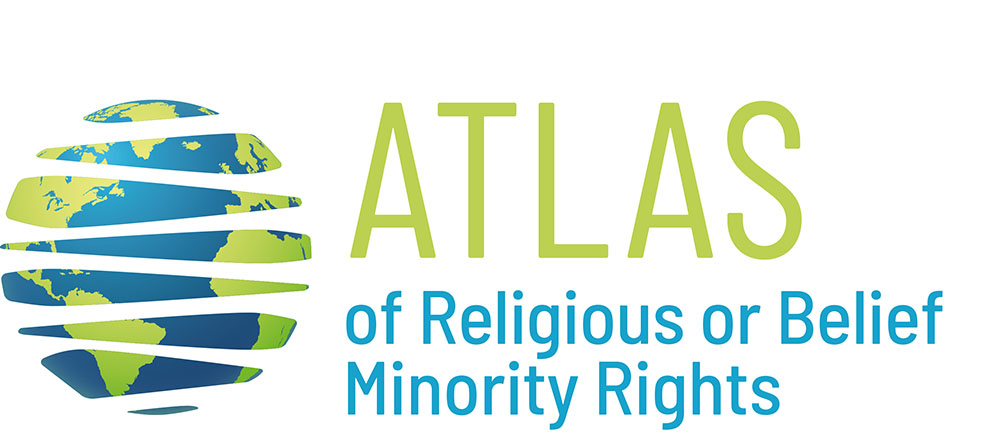Belief organizations in Europe
Atheist, skeptical, agnostic, rationalist, humanist beliefs are historically present in every age as answers to the “ultimate questions” about life. While confessional groups have often endowed themselves with an organization (e.g. churches), humanist thought has developed mainly in the form of individual philosophical speculation.
Associations of non-believers began to spread in the 19th century (Leicester Secular Society, 1851; Bund Freireligiöser Gemeinden Deutschlands K.d.ö.R., 1859). The number of these associations gradually increased, especially in the second half of the 20th century. Their aims are similar: to promote State secularism, the separation of church and state, the impartiality and primacy of civil power, and the neutrality of public space; to encourage progressive norms in matters of morals, secular politics, and secular teaching in public schools; to promote freedom of thought and equality without distinction of gender, religion, nationality, or sexual orientations; and to encourage conscious religious affiliation, based on free choice in adulthood.
It is difficult to quantify the number of non-believers because there is a lack of reliable and updated information. It is also necessary to distinguish between “nones” (not religiously affiliated: atheists, agnostics and people who do not identify with a particular religion in surveys and censuses) and those affiliated with philosophical and non-confessional organizations. The number of affiliate members varies greatly between associations, from a few hundred to several thousand; the “nones” are much more numerous and they represent a large percentage of both the world population (16% according to Pew Research Center, 2015), and the European population (20% according to the Religions and Secularism Observatory - ORELA, 2018).
The gap between nones and affiliates is due to several reasons: some do not feel the need to affiliate, or believe that spirituality is something private and personal; some do not want to reveal their religious beliefs; some others fear a possible social stigma resulting from affiliation.
At the European level, the Declaration N. 11 on the status of churches and non-confessional organisations (annexed to the Treaty of Amsterdam) contains the first legal mention of philosophical and non-confessional organizations. Furthermore, Art. 17 of the TFEU (2009), which essentially reproduces Art. I-52 of the Treaty that adopts a Constitution for Europe, committed the European Union to maintain an open, transparent and regular dialogue with religious organizations and philosophical and non-confessional ones (para. 3). The European Humanist Federation (EHF), founded in 1991, is the largest European umbrella organization of non-religious associations (63 members). The EHF is part of Humanists International, the global representative body of the humanist movement; it is the official partner of the EU dialogue (Art. 17 TFEU), a member of the advisory committee of the platform of the European Parliament for secularism in politics, collaborates with the Council of Europe and the OSCE, and has consultative status in the United Nations Economic and Social Council.
At the national level, the legal status of philosophical and non-confessional organizations is often not equal to that of churches and religious communities; therefore they do not enjoy the benefits and the rights accorded to most religious groups in the majority of European Countries. At European level there are also some critical issues, including the choice of subjects and topics admitted to the dialogue (Art. 17 TFEU) and the concrete impact of this “dialogue” on national policies.
Silvia Baldassarre
INTERACTIVE INFOGRAPHICS
0 respect of international standards
-1 restriction of rights
-1 high gap between religious majority and minorities
0 respect of international standards
-1 restriction of rights
-1 high gap between religious majority and minorities

 MENU
MENU
 CLOSE
CLOSE

